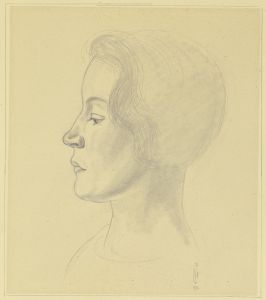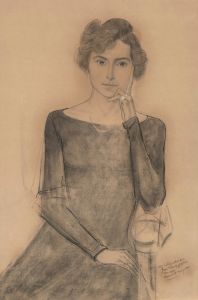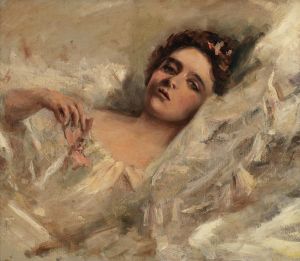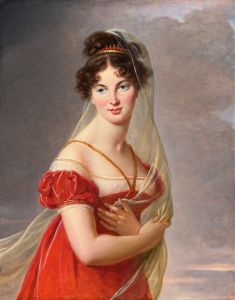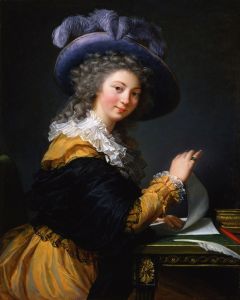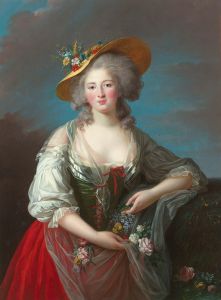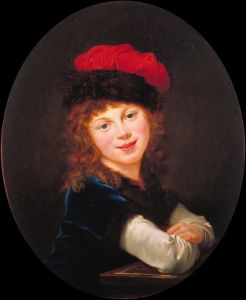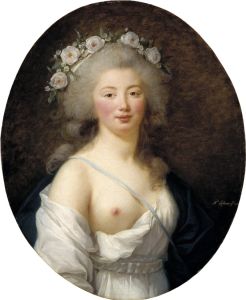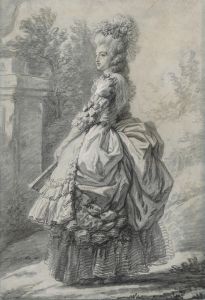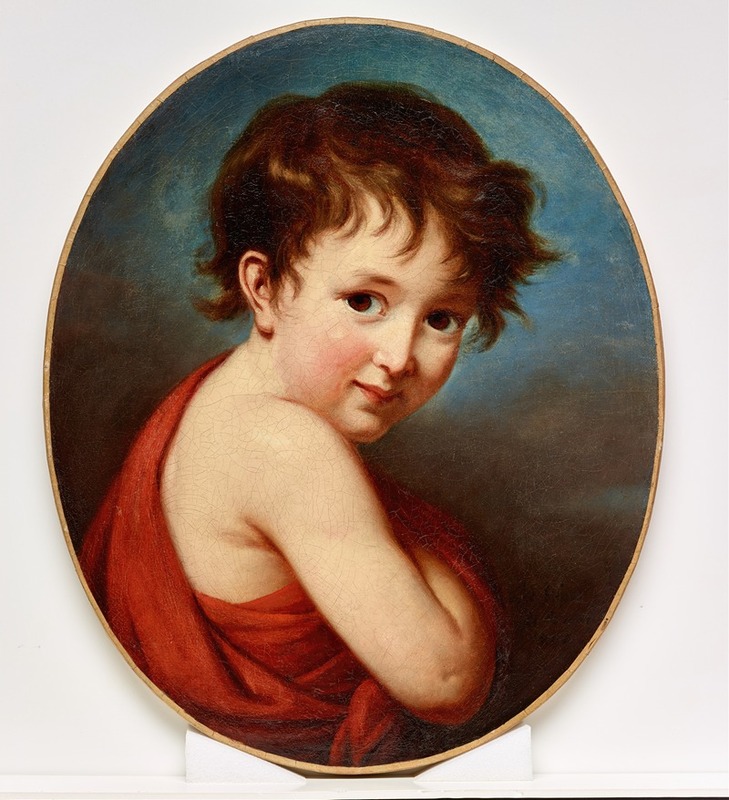
Portrait of Michel
A hand-painted replica of Elisabeth Louise Vigée Le Brun’s masterpiece Portrait of Michel, meticulously crafted by professional artists to capture the true essence of the original. Each piece is created with museum-quality canvas and rare mineral pigments, carefully painted by experienced artists with delicate brushstrokes and rich, layered colors to perfectly recreate the texture of the original artwork. Unlike machine-printed reproductions, this hand-painted version brings the painting to life, infused with the artist’s emotions and skill in every stroke. Whether for personal collection or home decoration, it instantly elevates the artistic atmosphere of any space.
Elisabeth Louise Vigée Le Brun, one of the most prominent portrait painters of the late 18th and early 19th centuries, is known for her refined and elegant depictions of aristocracy and royalty. Among her extensive body of work is the painting "Portrait of Michel," which exemplifies her skill in capturing the personality and charm of her sitters.
"Portrait of Michel" is a lesser-known work by Vigée Le Brun, and specific details about its commission, the identity of the sitter, and its historical context are not widely documented. The painting showcases the artist's characteristic style, marked by soft, luminous colors, delicate brushwork, and an emphasis on the sitter's expression and individuality. Vigée Le Brun's ability to convey a sense of intimacy and warmth in her portraits is evident in this piece, as in much of her oeuvre.
Elisabeth Louise Vigée Le Brun was born in Paris in 1755 and gained recognition as a talented artist at a young age. She became the official portraitist of Queen Marie Antoinette and painted numerous members of the French court. Her career spanned several decades and included periods of exile during the French Revolution, during which she traveled extensively across Europe, painting royalty and aristocrats in countries such as Italy, Austria, Russia, and England.
While "Portrait of Michel" is not as widely studied or discussed as some of Vigée Le Brun's other works, it remains a testament to her artistic legacy and her ability to capture the essence of her subjects. The painting is part of her extensive portfolio, which includes over 600 portraits and numerous other works.
Due to the limited information available about this specific painting, further research would be required to provide additional context regarding its creation, provenance, and historical significance.








